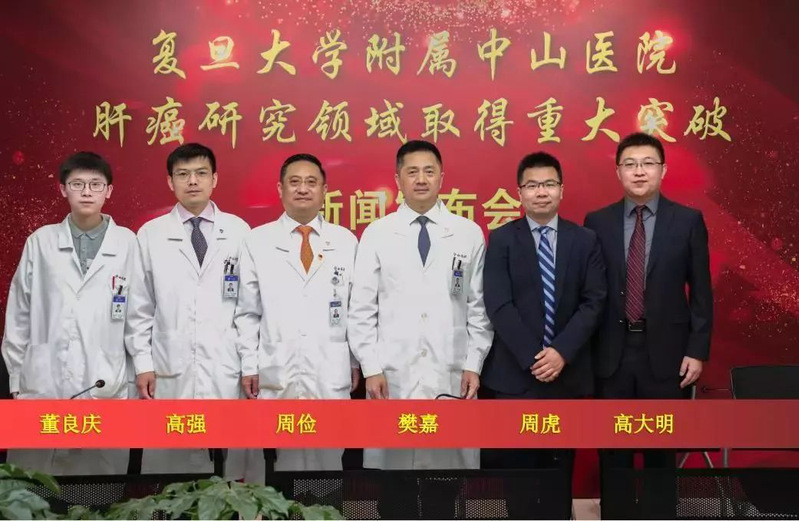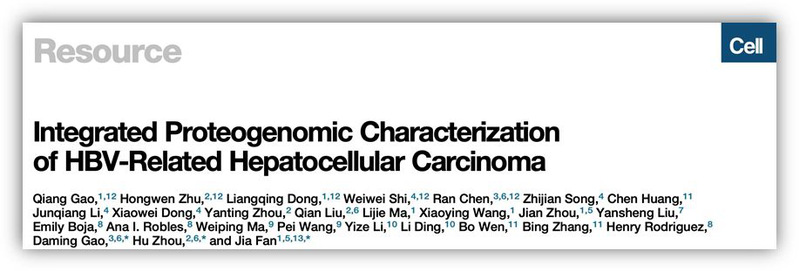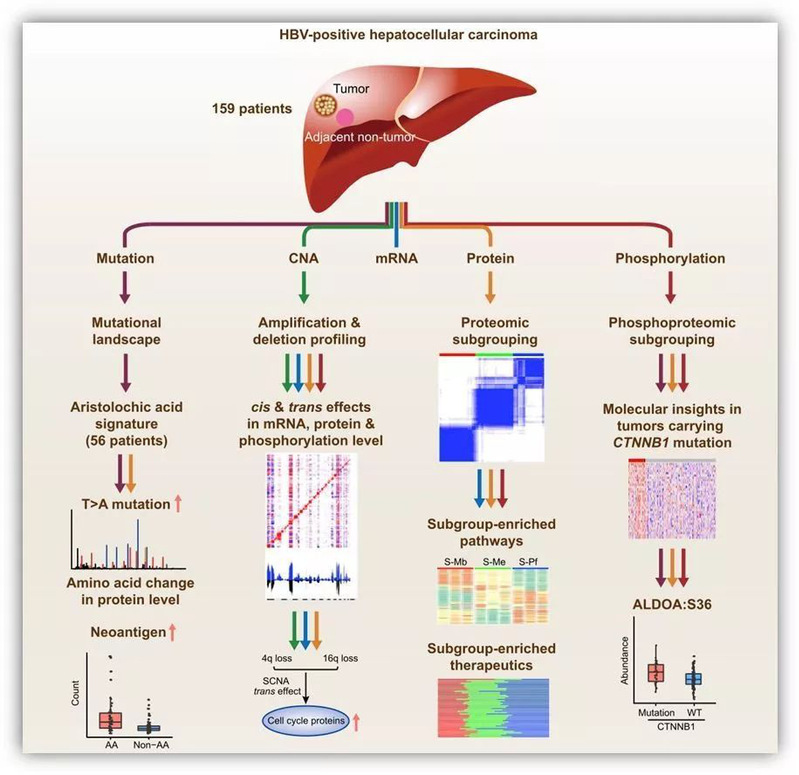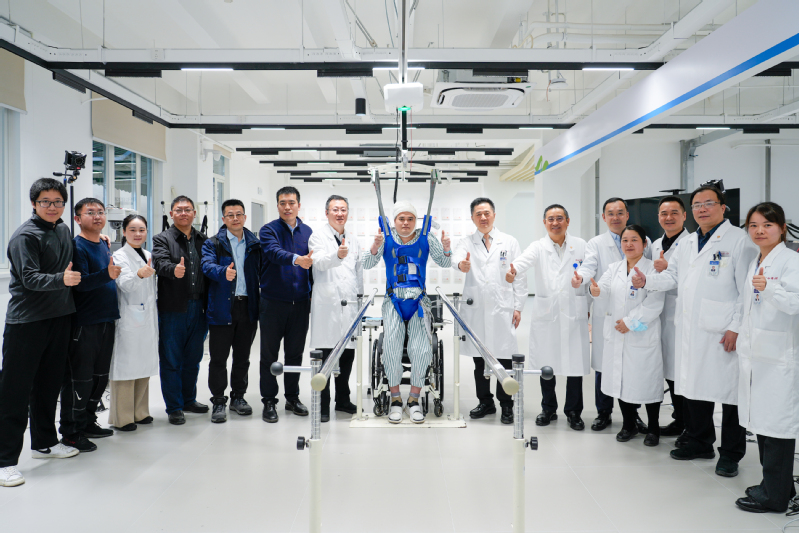A team led by academician Fan Jia made a breakthrough in liver cancer research, discovering hepatocellular carcinoma (HCC) molecular characteristics and personalized treatment strategies.
Liver cancer is the 4th most-common type of cancer and the 2nd biggest cancer killer in China, where half of the cases and liver-cancer-related deaths in the world are recorded. About 85 percent of liver cancer patients in China have a history of hepatitis B infection.
Published in Cell in October 2019, the research by Dr. Fan Jia’s team, titled “Integrated Proteogenomic Characterization of HBV-Related Hepatocellular Carcinoma (HCC)” uncovered the link between metabolic disorder and liver cancer. Metabolism-related proteins differentially expressed in tumor from non-tumor liver tissues, which also closely correlated to portal vein tumor thrombus (PVTT). PVTT is a clinical feature peculiar to HCC.

Based on integrated proteogenomic analysis, including genomics, transcriptomics proteomics and phosphoproteomics, researchers conducted a systematic multi-dimensional analysis of HBV-related HH, providing new clues for further exploration and personalized treatment of HCC.

The research shed light on HCC molecular attributes and pathogenesis mechanism, deciphering the differences between HCC mutation profiles in China and those in western countries and making it clear why it was essential to conduct translational research based on Chinese HCC data.
According to Dr. Fan, a large number of hepatitis B patients in China have received traditional Chinese medicine (TCM) treatment. However, improper TCM use may cause or exacerbate liver cancer. The research found that 35% of tumor samples contained aristolochic acid (AA) mutational signature. Mutated proteins encoded by AA genes, as a result, were detected in proteomic data.

In addition, AA mutational signature significantly correlates with high tumor mutational burden (TMB) and immune tolerance in the tumor microenvironment, which suggested the potential value of immunotherapy in such patients. Considering the fact that AA contributes to hepatocarcinogenesis, researchers recommend careful use of herbal plants containing AA.
What’s more, the correlation between mRNA and protein expression was only 0.54. Around 20% of protein are attenuated against copy-number alterations, which proposed a possible explanation for the inconsistency in multi-omics data and demonstrated the scientific value of integrative analysis of multi-omics.
The research identified three subgroups of HCC: metabolism subgroup, microenvironment dysregulated subgroup, and proliferation subgroup. Different subgroups significantly differed in prognosis and potential therapeutics. The new classification may even play a more critical role than TNM staging system in prognosis. It is expected to provide accurate guidance for future prognostication, molecular classification and personalized treatment.
Notably, the research, for the first time, conducted a comprehensive multi-omics analysis on hepatitis-B virus-related HCC, providing high-quality big data for clinical and basic HCC research in the future.





